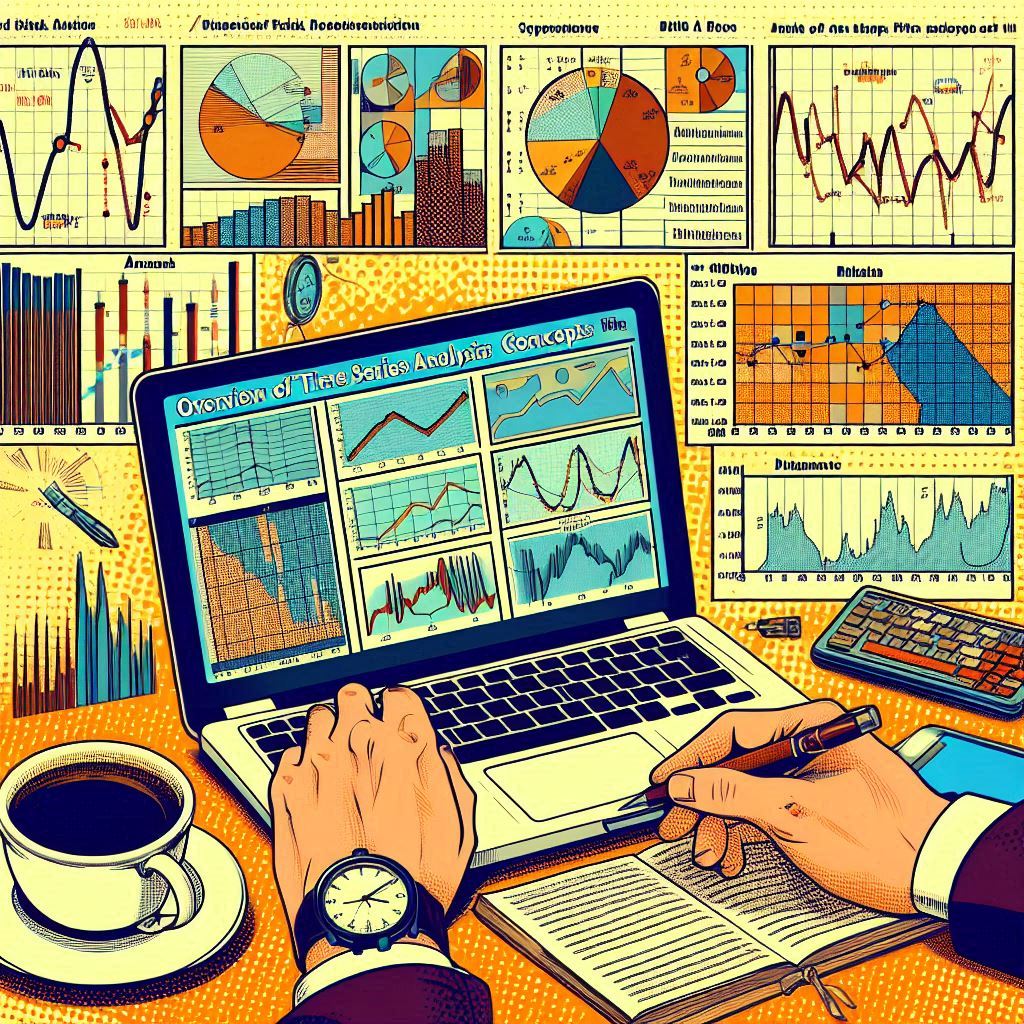Time series analysis is a statistical technique that deals with time-ordered data points. Analytics professionals and aspiring analysts often use this method to understand the underlying structure and to forecast future values. This comprehensive guide covers essential concepts, methods, and actionable tips for mastering time series analysis.
What is Time Series Analysis?
Definition and Importance
Time series analysis involves analyzing data points collected or recorded at specific time intervals. The primary goal is to identify patterns such as trends, seasonal variations, and cyclic behaviors. Understanding these patterns is crucial for making informed decisions in various fields like finance, economics, environmental science, and more.
Components of Time Series
- Trend: The long-term movement in the data.
- Seasonality: Regular patterns that repeat at fixed intervals.
- Cyclic Patterns: Fluctuations occurring at irregular intervals, influenced by external factors.
- Irregular Component: Random variations or noise.
Real-World Applications
- Finance: Stock price prediction, risk management.
- Economics: GDP forecasting, unemployment rate analysis.
- Environmental Science: Climate change modeling, weather forecasting.
- Healthcare: Disease outbreak prediction, patient monitoring.
Essential Methods in Time Series Analysis
1. Exploratory Data Analysis (EDA)
Before delving into complex models, it’s essential to perform EDA to understand the data’s basic characteristics.
Techniques:
- Line Plots: Visual representation of the time series data.
- Seasonal Decomposition: Breaking down the series into trend, seasonal, and residual components.
- Autocorrelation Function (ACF) and Partial Autocorrelation Function (PACF): Tools to identify the degree of correlation between time series data points at different lags.
2. Stationarity and Differencing
A stationary time series has statistical properties like mean and variance that are constant over time, making it easier to model.
Steps to Achieve Stationarity:
- Differencing: Subtracting the previous observation from the current one.
- Transformation: Applying mathematical functions like logarithms.
- Seasonal Differencing: Removing seasonal effects.
3. ARIMA Models
Autoregressive Integrated Moving Average (ARIMA) is a popular method for forecasting time series data.
Components:
- AR (Autoregressive): Model that uses the dependency between an observation and a number of lagged observations.
- I (Integrated): Differencing of raw observations to make the time series stationary.
- MA (Moving Average): Model that uses dependency between an observation and a residual error from a moving average model applied to lagged observations.
4. Seasonal ARIMA (SARIMA)
SARIMA extends ARIMA by adding seasonal components to account for seasonal effects.
5. Exponential Smoothing
Exponential smoothing methods assign exponentially decreasing weights to past observations.
Types:
- Simple Exponential Smoothing: Suitable for data without trend or seasonality.
- Holt’s Linear Trend Model: Accounts for trend in the data.
- Holt-Winters Seasonal Model: Accounts for both trend and seasonality.
6. Advanced Methods
- GARCH Models: Used for modeling financial time series that exhibit volatility clustering.
- State Space Models: Flexible frameworks that include Kalman Filter for time series forecasting.
- Machine Learning Models: Techniques like LSTM (Long Short-Term Memory) networks for handling sequential data.
Practical Insights and Tips
Data Preprocessing
- Missing Values: Handle missing data through imputation or interpolation.
- Outlier Detection: Identify and address outliers that can skew results.
Model Selection and Validation
- Split Data: Use training and testing datasets to evaluate model performance.
- Cross-Validation: Implement techniques like rolling-window cross-validation for more robust model evaluation.
- Model Diagnostics: Check residuals for patterns to ensure no systematic information is left unmodeled.
Forecasting and Evaluation
- Forecast Horizons: Define short-term and long-term forecasting goals.
- Performance Metrics: Use metrics like MAE (Mean Absolute Error), RMSE (Root Mean Squared Error), and MAPE (Mean Absolute Percentage Error) to evaluate forecasts.
Software and Tools
- R and Python: Popular programming languages with libraries such as
forecast,statsmodels, andprophetfor time series analysis. - Excel: Basic tool for simpler time series analysis tasks.
- Specialized Software: Tools like SAS, SPSS for more advanced and large-scale time series analysis.
Conclusion
Mastering time series analysis requires understanding its fundamental concepts and methods. By leveraging techniques like ARIMA, SARIMA, and exponential smoothing, along with practical tips on data preprocessing and model validation, analytics professionals can effectively analyze and forecast time-dependent data.


Leave a Reply